Good Morning. When I was sitting in High School English Class (many years ago) I never imagined I would be writing about asbestos and asbestos removal. I imagined a lot of things…just not asbestos.
The purpose of writing about the facts and myths of asbestos and asbestos removal is that in the twenty eight (28) years PENOCO has been removing asbestos not a whole lot has changed in the methods, procedures and regulations governing asbestos. What has changed is the general understanding, and misunderstanding, of what the property owner or facilities manager’s proper response to asbestos should be.
But First, Some Asbestos History
The earliest uses of asbestos date back almost 3,000 years to what is now considered Scandinavia, where archaeologists have found pottery and chinking of log homes that utilized asbestos. Asbestos use became more prevalent during the height of the Greek civilization when the “mystical” properties of asbestos made it almost as valuable as gold. In fact, chrysotile, the most common form of asbestos in use today, is Greek for gold (chrysos) fiber (tilos).
The Greeks initially wove asbestos into the clothing of slaves, but once its magical fire resistant powers were discovered, the asbestos was incorporated into the wicks of the “eternal” flames of the vestal virgins as well as for clothing for kings and queens, napkins and table cloths, and as insulation in building and ovens. Most asbestos used by the Greeks likely came from the first asbestos quarry located on the Greek island of Evvoia.
The Romans, Sickness from Asbestos Mines

Pliny documented “sickness of the lung” in the slaves that worked in the asbestos mines
The Romans also recognized the fire-resistant nature of asbestos and used it for their building construction and wove it into cloth used for head dressings, towels, and, like the Greeks, to make napkins and table cloths. Asbestos was especially useful in napkins and table clothes. The Romans would simply toss the soiled napkins or table clothes into the fire where any food scraps or filth would be burned off leaving only the cloth. Clever!
In addition to the many mystical properties the Greeks and Romans identified in asbestos, they also noted the medical dangers it presented. Pliny the Elder, a famous Roman naturalist, doctor and historian, documented “sickness of the lung” in the slaves that worked in the asbestos mines.
He discouraged people from buying slaves who worked in the asbestos mines because of their high incidence of dying young and recommended that slaves be equipped with a respirator made of transparent bladder skin.
Thus, the dangers of asbestos have been known, to some degree, since its discovery more than 3,000 years ago.
Asbestos from Medieval Times to Today
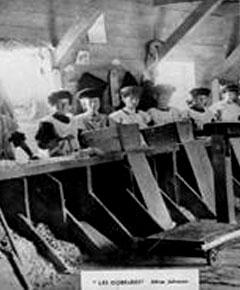
Asbestos was used in over 3,000 building products during the Industrial Revolution
Moving through Medieval times, through the Industrial Revolution to present day asbestos and its uses and dangers expanded.
As in most cases involving an industrial toxin, hindsight has been 20/20. The uses and inclusion of asbestos in over 3,000 building products came about at a much faster pace than the concerns and research surrounding the possible dangers of this miracle fiber.
What is Asbestos?
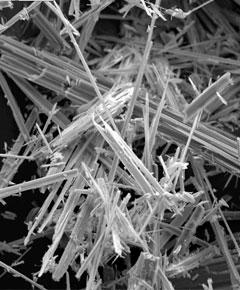
Asbestos is a collection of tiny glass fibers/strand formed in nature
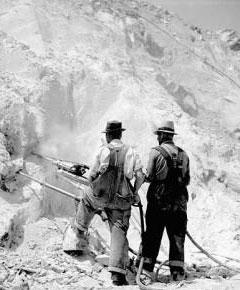
Asbestos is mined from quarries, and processed into raw fiber bundles
Asbestos is the common name for six different naturally occurring silicate minerals. Simply put, it is a collection of very (very) tiny glass fibers/strand formed in nature.
Asbestos is not some man-made fiber cooked up in a lab or factory. Asbestos is mined from quarries, and processed into raw fiber bundles.
Why was Asbestos used?
Because Asbestos is essentially glass (silica) comprised of long, thin fibrous crystals, asbestos was mined and manufactured into an astounding array of construction materials and commercial products Asbestos can be woven into cloth or spun into yarn. It can be added to cement, plastics and other substances.
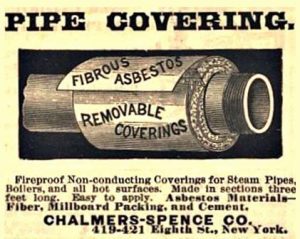
Asbestos can be added to cement, plastics and other substances
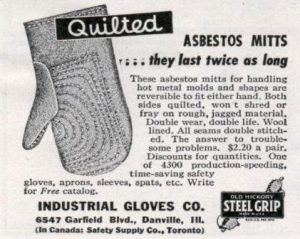
Asbestos is heat resistant and can be woven into cloth or spun into yarn
Asbestos is extremely resistant to heat, flame, and electrical and chemical damage. It can absorb sound. Asbestos has a high tensile strength and is very flexible and lightweight. In addition to all of these valuable qualities, asbestos has traditionally been plentiful and therefore inexpensive. In 2006, the last year for which figures are available, over two million tons of asbestos were mined worldwide. So you have an inexpensive, plentiful material that can provide desired qualities to building products and materials.
So What’s Not to Like?
Asbestos is a known carcinogen. Consistent exposure may lead to one or more diseases in those who have inhaled it. The most common asbestos-related condition is pleural plaques, which are small areas of fibrous tissue that usually occur in the respiratory system. The presence of these plaques indicate asbestos exposure and as such are a harbinger of other diseases like asbestosis and mesothelioma.
Asbestosis is a noncancerous, but chronic, respiratory disease that occurs after asbestos fibers cause scarring within the lungs. This scarring, which is also called fibrosis, can cause pain and difficulty breathing, because it interferes with the normal expansion and contraction of the lungs. Asbestosis is a disabling disease, and often fatal; it can also contribute to heart problems. Asbestosis is often called the “ white lung “ disease in reference or comparison to “ black lung “ disease which devastated the coal mining industry starting in the 1960’s.
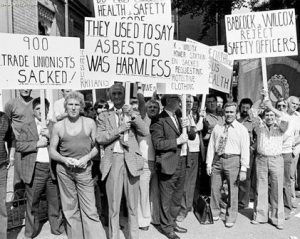
Consistent exposure to asbestos may lead to one or more diseases
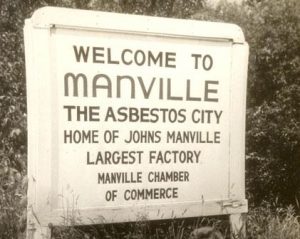
Asbestosis is a disabling disease, and often fatal; it can also contribute to heart problems
The most serious cancer associated with asbestos exposure is mesothelioma. This rare form of cancer, diagnosed in roughly 3,000 Americans each year, usually targets the mesothelium that surrounds the lungs (pleura) unfortunately, mesothelioma is rarely diagnosed in its earliest stage, when it is operable. Instead, it develops quietly within the body before manifesting symptoms. Asbestos exposure is accountable for virtually all cases of mesothelioma. It is important to note, and repeat, that the occurrence of this cancer are rare.
All of these diseases may take up to 20 to 40 years to develop within the body after the asbestos exposure, which means that many current or former workers or building occupants may be living with these conditions without being aware of them.
So What’s Been Done?
The history of asbestos regulation is complicated. The effort to control and regulate asbestos in building products begins in 1971, when the Environmental Protection Agency (EPA) issued an emissions standard for asbestos as part of the Clean Air Act.
In 1972, EPA extended this regulation to an occupational standard. Over the next decade, the EPA, working with the Occupational Safety and Health Administration (OSHA), batted the asbestos issue back and forth, sometimes also involving the Consumer Product Safety Commission (CPSC).
Finally, in 1989, the EPA enacted the “Asbestos Ban and Phase out Rule,” which would have applied to the manufacture, import, processing and distribution of all asbestos products, and affected 94 percent of all asbestos consumption. The ban and phase out were overturned by the U.S. Fifth Circuit Court of Appeals in 1991, however, under pressure from asbestos industry groups and others who claimed that substitute products would be equally harmful. Today, only a few items remain banned under the Toxic Substances Control Act (TSCA) and the Clean Air Act, including corrugated paper, flooring felt, commercial paper, specialty paper, and certain spray-on materials. New asbestos applications are additionally banned.
So What’s Happening Today?
Asbestos is still actively mined in many areas of our world, including Canada, Columbia, Russia, Italy, Greece, Cyprus, South America, China, Kazakhstan, and India. Many of these countries also continue to use asbestos widely. Developing nations, in particular, are using asbestos in new construction and manufacturing capacities.
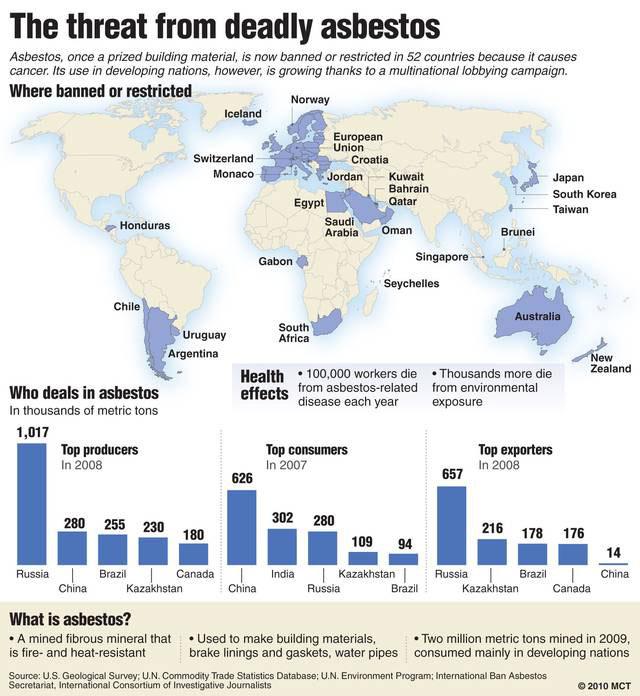
Many people, knowing that asbestos is harmful to the human body, believe that the United States government and the governments of other developed nations have banned the use of asbestos outright. Unfortunately, however, that simply isn’t true. Products containing asbestos , although not manufactured in the United States, find their way through the supply chain even today, and there are hundreds of thousands of buildings still standing that have asbestos-containing materials within them from previous installation.
Do you think your building material needs to be tested? Call PENOCO TODAY at (855) 312-3642!
What should I look out for?
Thousands of products that contain asbestos in certain amounts/percentages still remain in buildings and facilities. These products are mostly used in the building and construction industry, and may even exist in new structures. A short list of these products includes vinyl sheet flooring; vinyl floor tiles; asphalt floor tiles; flooring backing; roofing shingles; cement wallboard; acoustical plaster; decorative plaster; boiler insulation; electrical wiring insulation; electrical panel partitions; caulking; spackling; adhesives; chalkboards; cement siding; cement pipes; heating and electrical ducts; fire blankets; fire doors; high temperature gaskets; elevator brake shoes; elevator equipment panels; ceiling tiles; electrical cloth; and thermal paper products.
What should I do?
As discussed, asbestos remains in many buildings. With the EPA phase out rule going into effect in 1989 it is a prudent guideline to assume that most buildings constructed prior to 1990 may contain asbestos in one or more applications. Most asbestos abatement professionals agree that unless the asbestos material is considered “friable”—that is, easily broken or damaged—it is safer to leave it in place than to remove it. When asbestos does become friable, it takes very little pressure to dislodge its microscopic fibers, which then become airborne and can be inhaled. For example, a rubber ball impacting a gymnasium ceiling with spray-in insulation that has become friable could potentially release asbestos particulate into the gym. Being aware of your surroundings, the age of the building or home and the presence of “suspect “materials is a good habit to practice. Actually being aware of your surroundings, at all times, is a good practice to follow.
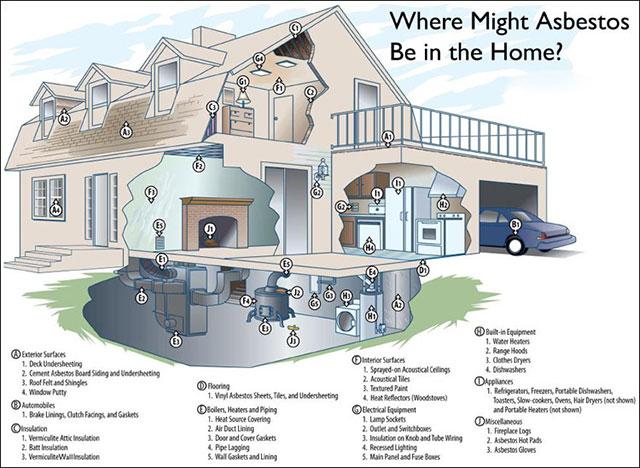
When do you remove asbestos?
Asbestos material will become friable when it is damaged, as when an asbestos-containing room or building is renovated or demolished. As an asbestos abatement professional PENOCO has performed over 6,000 removal projects over our 28 year history. Doing the math, this works out to 5 projects completed per week, or one project every day! Almost all of these projects were performed as part of either a demolition or property renovation project. We have also completed many projects as a condition for the sale or transfer of that property.
Before you renovate, demolish or sell a property a proper inspection by a State licensed asbestos Building Inspector should be completed. Call PENOCO today for a free quote.
How Best to Remove Asbestos?
To eliminate the possibility of occupant exposure during a renovation or demolition project, PENOCO, as other trained and licensed professionals must do, carry out the work according to certain specifications and safety procedures. These include the use of protective gear and respirators for the workers and the installation of containment and air filtering systems.
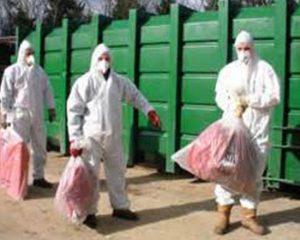
Workers removing properly bagged asbestos waste
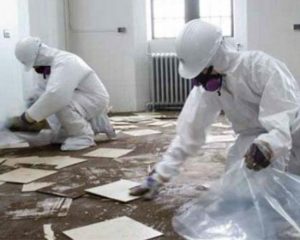
Workers removing asbestos floor tiles
Additionally, the asbestos materials must be discarded in specific ways and locations. With the recent popularity of do-it-yourself home improvement projects, the risks of asbestos exposure have become very real to everyday individuals. PENOCO recommends, prior to starting any construction or renovation project, that the materials being disturbed should be sampled and tested for asbestos content.
Should I be worried?
Well that is the $ 64,000 question (showing my age …Google it!). I have always believed that presenting and providing the basic information about asbestos and asbestos exposure and letting the person who asked the question “Should I be worried?” Come to their own decision. Everybody has a different tolerance of risk… Some people jump out of airplanes for fun and other people carry an umbrella to get their mail out of the mailbox… We do not live without risk. EPA and OSHA, both agencies chartered to protect us, have developed what are commonly referred to as PEL’s (permissible exposure levels) for just about every known substance. There are PEL’s for the mercury in our tuna fish, for the lead in our drinking water and for the asbestos allowed in our air. So we are all “exposed “to something at some time. But here are some basic findings as they relate to asbestos exposure:
- People who get asbestosis have usually been repeatedly exposed to high levels of asbestos for a long period of time. Most people do not meet these standards. The symptoms of these diseases do not usually appear until about 20 to 30 years after the first exposure to asbestos.
- We have all, most likely, been exposed to low levels of asbestos in the air at some point in our lives.
- Inhalation of asbestos fibers is the primary cause of asbestos-related disease. The negative effects of these fibers is significantly multiplied by smoking cigarettes. Tobacco smokers who have been exposed to asbestos have a “far greater-than-additive” risk for lung cancer than do nonsmokers who have been exposed, meaning the risk is greater than the individual risks from asbestos and smoking added together. Smoking is a behavior that can be controlled.
A phone call or email to PENOCO to discuss your questions is a good first step to solving the asbestos problems you may have, Give PENOCO a call today.



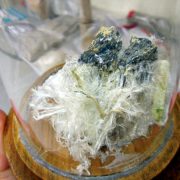
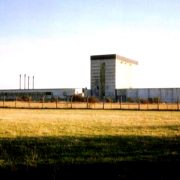
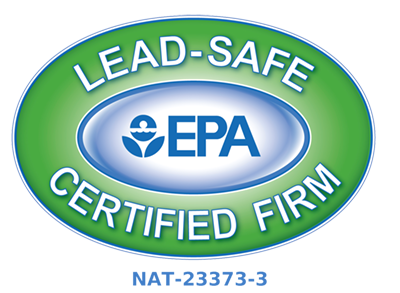


Leave a Reply
Want to join the discussion?Feel free to contribute!